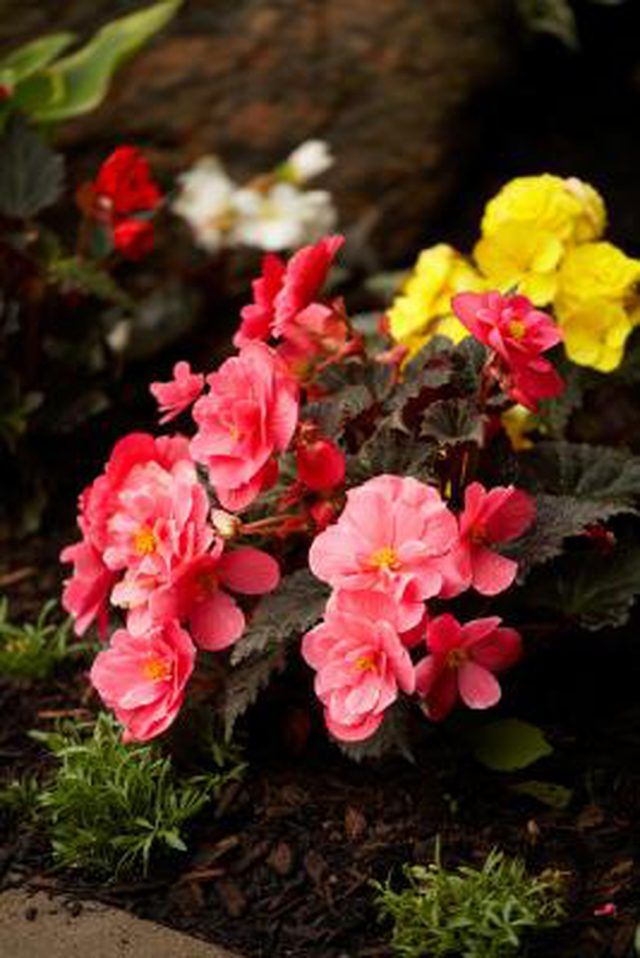Bulbs
Flower Basics
Flower Beds & Specialty Gardens
Flower Garden
Garden Furniture
Garden Gnomes
Garden Seeds
Garden Sheds
Garden Statues
Garden Tools & Supplies
Gardening Basics
Green & Organic
Groundcovers & Vines
Growing Annuals
Growing Basil
Growing Beans
Growing Berries
Growing Blueberries
Growing Cactus
Growing Corn
Growing Cotton
Growing Edibles
Growing Flowers
Growing Garlic
Growing Grapes
Growing Grass
Growing Herbs
Growing Jasmine
Growing Mint
Growing Mushrooms
Orchids
Growing Peanuts
Growing Perennials
Growing Plants
Growing Rosemary
Growing Roses
Growing Strawberries
Growing Sunflowers
Growing Thyme
Growing Tomatoes
Growing Tulips
Growing Vegetables
Herb Basics
Herb Garden
Indoor Growing
Landscaping Basics
Landscaping Patios
Landscaping Plants
Landscaping Shrubs
Landscaping Trees
Landscaping Walks & Pathways
Lawn Basics
Lawn Maintenance
Lawn Mowers
Lawn Ornaments
Lawn Planting
Lawn Tools
Outdoor Growing
Overall Landscape Planning
Pests, Weeds & Problems
Plant Basics
Rock Garden
Rose Garden
Shrubs
Soil
Specialty Gardens
Trees
Vegetable Garden
Yard Maintenance
Can You Transplant Flowers That Are Blooming?
Can You Transplant Flowers That Are Blooming?. It’s not advisable to transplant blooming plants. However, there are situations in which plants do not thrive where they’re planted or new plants are purchased that are already in bloom and must be transplanted into the garden.

It’s not advisable to transplant blooming plants. However, there are situations in which plants do not thrive where they’re planted or new plants are purchased that are already in bloom and must be transplanted into the garden.
Existing or Mature Plants
Transplant your plant in the early morning or evening, while temperatures are mild. This helps the plant adjust to its new location with the least amount of stress. Remove the entire root ball and carefully bury the plant at the same depth it was growing in its previous location. Saturate the ground with water infused with vitamin B to prevent shock.
New Plants
Plants purchased in garden stores are frequently in bloom. Ideally, these blooms should be removed so the plant concentrates on good root growth. When instant color is desired, these plants are transplanted into the garden while in bloom. If the roots are tightly wound, gently pry them apart before planting. Bury them at the same depth they were growing in their previous container and saturate with vitamin B-infused water.
Side Effects
Transplanting any plant involves the risk of shock. Transplanting plants in bloom may cause the flowers to die or leaves to wilt. Under extreme situations such as heat or drought, these plants may die.